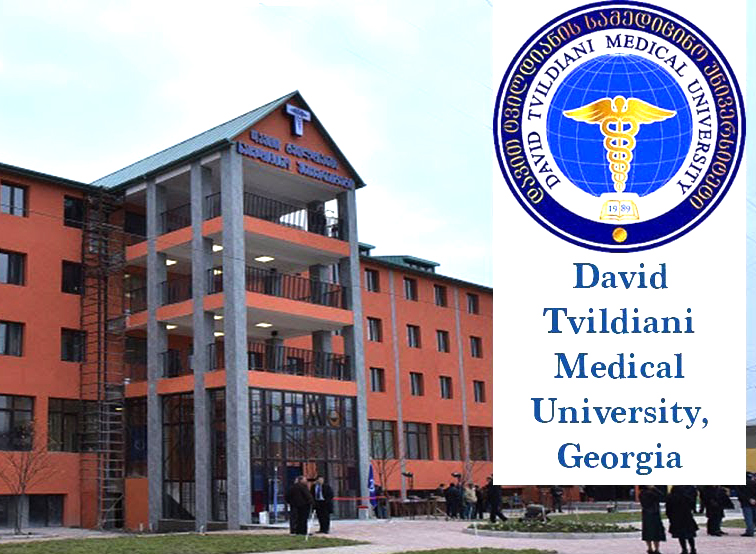Louis–Bar syndrome (also referred to as Ataxia telangiectasia) is a rare, neurodegenerative, inherited disease causing severe disability. Ataxia refers to poor coordination and telangiectasia to small dilated blood vessels, both of which are hallmarks of the disease.
A-T affects many parts of the body:
It impairs certain areas of the brain including the cerebellum, causing difficulty with movement and coordination.
It weakens the immune system causing a predisposition to infection.
It prevents repair of broken DNA, increasing the risk of cancer.
Symptoms most often first appear in early childhood (the toddler stage) when children begin to walk. Though they usually start walking at a normal age, they wobble or sway when walking, standing still or sitting, and may appear almost as if they are drunk. In late pre-school and early school age they develop difficulty moving the eyes in a natural manner from one place to the next (oculomotor apraxia). They develop slurred or distorted speech, and swallowing problems. Some have an increased number of respiratory tract infections (ear infections, sinusitis, bronchitis, and pneumonia). Because not all children develop in the same manner or at the same rate, it may be some years before A-T is properly diagnosed. Most children with A-T have stable neurologic symptoms for the first 4–5 years of life, but begin to show increasing problems in early school years.
A-T is caused by a defect in the ATM gene, which is responsible for managing the cell’s response to multiple forms of stress including double-strand breaks in DNA. In simple terms, the protein produced by the ATM gene recognizes that there is a break in DNA, recruits other proteins to fix the break, and stops the cell from making new DNA until the repair is complete.
Symptoms
There is substantial variability in the severity of features of A-T between affected individuals, and at different ages. The following symptoms or problems are either common or important features of A-T:
Ataxia (difficulty with control of movement) that is apparent early but worsens in school to pre-teen years
Oculomotor apraxia (difficulty with coordination of head and eye movement when shifting gaze from one place to the next)
Involuntary movements
Telangiectasia (dilated blood vessels) over the white (sclera) of the eyes, making them appear bloodshot. These are not apparent in infancy and may first appear at age 5–8 years. Telangiectasia may also appear on sun-exposed areas of skin.
Problems with infections, especially of the ears, sinuses and lungs
Increased incidence of cancer (primarily, but not exclusively, lymphomas and leukemias)
Delayed onset or incomplete pubertal development, and very early menopause
Slowed rate of growth (weight and/or height)
Drooling particularly in young children when they are tired or concentrating on activities
Dysarthria (slurred, slow, or distorted speech sounds)
Diabetes in adolescence or later
Premature changes in hair and skin
Many children are initially misdiagnosed as having ataxic cerebral palsy. The diagnosis of A-T may not be made until the preschool years when the neurologic symptoms of impaired gait, hand coordination, speech and eye movement appear or worsen, and the telangiectasia first appear. Because A-T is so rare, doctors may not be familiar with the symptoms, or methods of making a diagnosis. The late appearance of telangiectasia may be a barrier to the diagnosis. It may take some time before doctors consider A-T as a possibility because of the early stability of symptoms and signs.
Treatment
Although no specific treatment is available, several features of ataxia-telangiectasia are accessible to active therapy. This applies especially to infections.
The life span of patients with ataxia-telangiectasia clearly has been prolonged by antibiotic treatment. Prevention of infections by regular injection of immunoglobulins is considered useful. Fetal thymus implants and stimulants of the immunologic system have given inconclusive results.
Treatment of neurologic manifestations is disappointing. Beta-adrenergic blockers may improve fine motor coordination in some cases.
The use and doses of radiation therapy and chemotherapy are controversial. Some reports indicate that standard-dose chemotherapy should be given to each patient with ataxia-telangiectasia with lymphoid malignancies,whereas others advise reduced doses, especially for alkylating agents. According to some references, bleomycin, actinomycin D, and cyclophosphamide should be avoided.
Regular surveillance of heterozygotes for cancer should be part of family management. ATM heterozygosity was reported to be a risk factor for breast and lung cancers.ATM carriers are also suggested to be more vulnerable at X-radiation, as in many cases breast cancer occurrence was preceded by x-ray exposure.
Desferrioxamine has been shown to increase genomic stability of ataxia-telangiectasia cells and, therefore, may present a promising tool in ataxia-telangiectasia treatment.
Concerning the role of increased oxidative stress in ataxia-telangiectasia pathophysiology, several clinical trials based on antioxidants in ataxia-telangiectasia patients have been constructed and are currently underway.






